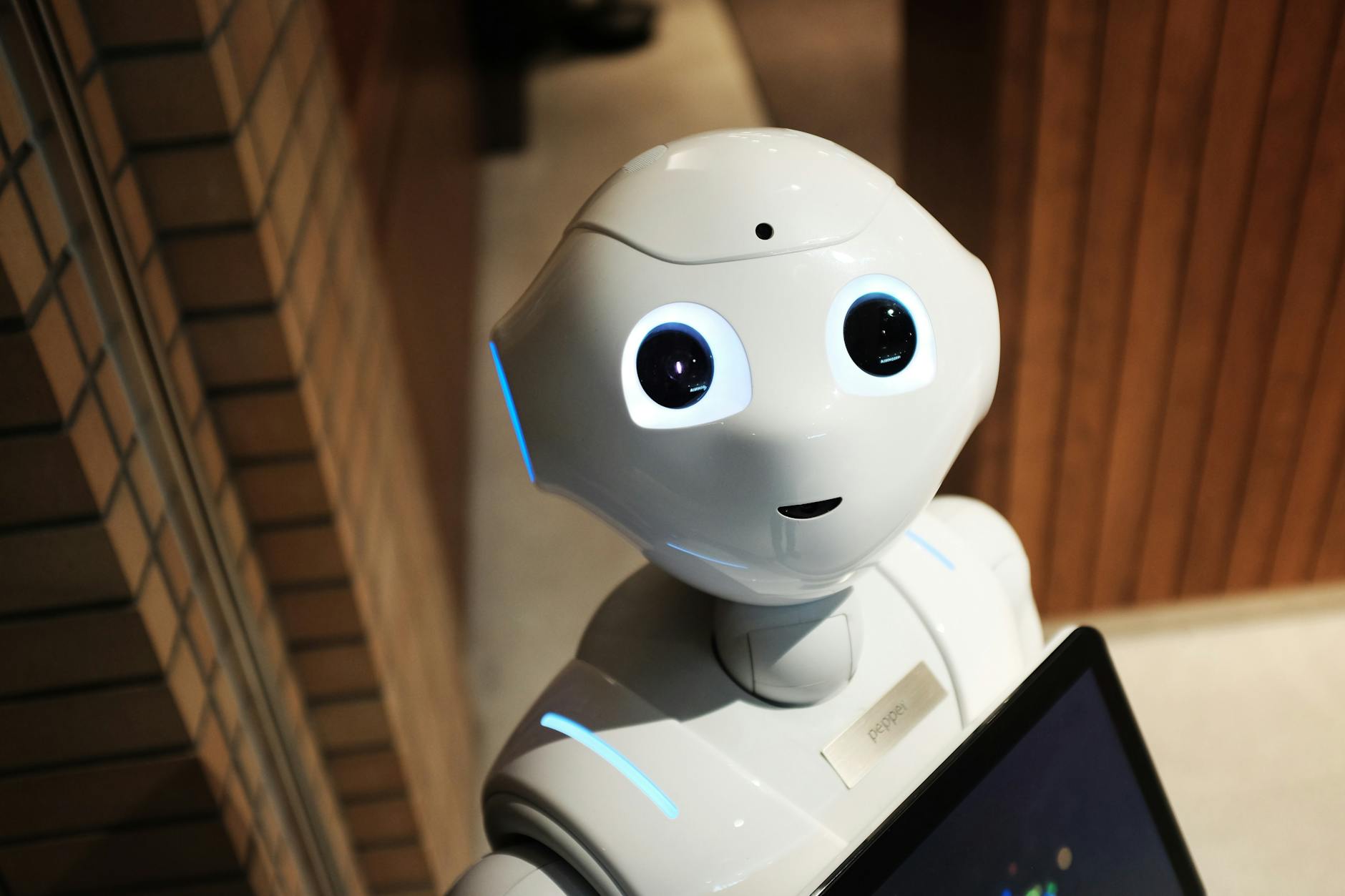Green exhibit design has become a priority for many companies that want to align their trade show presence with sustainability goals. When clients asked how to incorporate eco-friendly practices into exhibits, the answer was clear: start with the exhibit itself. A booth is the most visible expression of a brand at a show, making it the perfect place to highlight environmental responsibility.

By partnering with an exhibit house committed to sustainability, exhibitors can apply green exhibit design principles from the very beginning of a project. Early planning ensures enough time to research eco-friendly materials, build the case internally, and secure resources.
Why Start Green Exhibit Design Early
Sustainability is easier to achieve when it begins in the planning stage. Adding green elements halfway through a project is more difficult and often more expensive. Starting early allows teams to:
- Rethink processes and materials
- Adjust timelines and budgets
- Create a cohesive sustainability strategy
Green Exhibit Design Requires Intention
Sustainable design takes commitment and perseverance. No one has created the perfect “green” exhibit yet, but innovation is ongoing. At Absolute Exhibits, our approach includes recyclable aluminum framing, reusable furnishings, and carpet padding repurposed for crating after shows. On top of these, we’ve added new products to expand green exhibit design options.
Sustainable Materials for Green Exhibit Design
- Bamboo Flooring – Matures in three years, regenerates naturally, and requires minimal pesticides.
- Cork Floor Tiles – Sustainable, non-toxic, and healthy from harvest to installation.
- Green Floors Carpet Tiles – Made with recycled nylon, certified for low emissions.
- BIOboard Graphics – 100% recyclable, produced from 70% recycled content.
- Low-VOC Finishes – Water-based stains and paints that reduce harmful emissions.
- LED Lighting – Consumes 80–90% less energy and lasts up to 100,000 hours.
These choices maintain a polished, professional look while reducing environmental impact.
Traditional vs. Sustainable Exhibit Materials
When planning a new booth, it helps to compare traditional exhibit materials with sustainable alternatives. The table below shows how green exhibit design choices can reduce impact without sacrificing quality or appearance.
| Category | Traditional Material | Sustainable Alternative | Benefits of Sustainable Option |
|---|---|---|---|
| Flooring | Standard carpet | Bamboo or cork flooring | Renewable, non-toxic, durable |
| Carpet | Synthetic carpet | Green Floors recycled tiles | Made from recycled nylon, low emissions |
| Graphics | Foam board or PVC panels | BIOboard (100% recyclable) | Paper-based, 70% recycled content |
| Paint & Finishes | Oil-based, high-VOC paints | Low-VOC or VOC-free stains | Healthier air quality, reduced impact |
| Lighting | Halogen or fluorescent bulbs | LED lighting | 80–90% less energy, longer lifespan |
| Framing | New aluminum or steel | Recycled aluminum systems | Cuts raw material use, fully reusable |
The Value of Green Exhibit Design
The real benefit of green exhibit design is flexibility. Exhibitors can integrate sustainable materials without compromising quality or aesthetics. These projects not only support corporate responsibility but also appeal to today’s environmentally aware buyers. Each decision—no matter how small—helps reduce the industry’s footprint.



